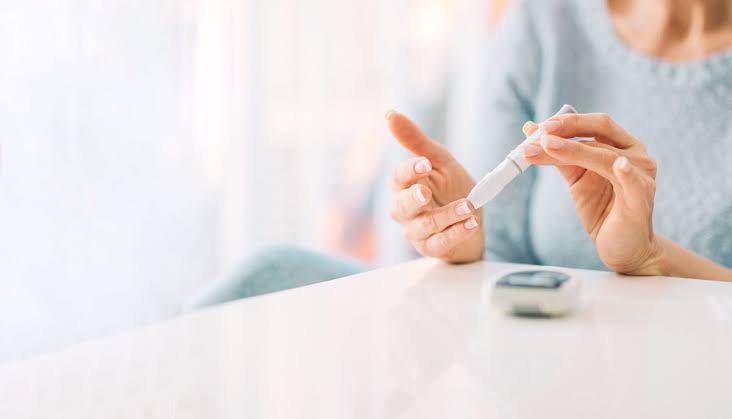Fresh clues to the mystery of how the gut’s nervous system influences the absorption of glucose in the rest of the body have been discovered by researchers. Their results may lead to new type 2 diabetes therapies.

Type 2 diabetes allows the cells of the body to become less receptive to insulin signals, the hormone responsible for controlling blood glucose levels.
This low sensitivity is called insulin resistance and prevents the extra glucose that reaches the bloodstream after a meal from being consumed by the cells.
High glucose concentrations in the blood harm tissues all over the body over time , causing symptoms such as heart disease, loss of vision, and kidney disease.
It is estimated by the Centers for Disease Control and Prevention ( CDC) that more than 30 million people have type 2 diabetes in the United States.
In certain individuals, improvements in diet , exercise, and other aspects of life can improve symptoms and even reverse the disorder. For the treatment of type 2 diabetes, drugs are also available, but they can cause side effects such as nausea and diarrhea.
Another drawback to some antidiabetic drugs is that they have to be injected.
It is therefore a priority for diabetes researchers to discover oral therapies that are not only successful but also free of side effects.
Now, a group of scientists, many of whom are associated with the Toulouse-based French National Institute of Health and Medical Research, or INSERM, claim they are a step closer to creating such a procedure. They published their results in the Gut journal.
Friendly bacteria
This latest research builds on previous work suggesting that the metabolism of blood glucose can be enhanced by fat or lipid molecules formed by “friendly” gut bacteria.
The essential two-way contact between the brain and the highly developed nervous system of the gut, also known as the enteric nervous system or “second brain,” is thought to affect the gut-brain axis of these lipids.
There tends to be a loss of coordination between the gut and brain in type 2 diabetes. As a consequence, the brain fails to send signals to the liver , muscles, and fat tissue after a meal, asking them to absorb more bloodstream glucose. This leads to insulin resistance, in turn.
The duodenum, the first component of the small intestine, usually signals to the brain, which involves relaxing the lining of the smooth muscles. However, these muscles are chronically contracted, or hypercontractile, in individuals with type 2 diabetes, so the signal is never sent.
The researchers conclude that the secret to reversing hypercontractility and restoring balanced glucose metabolism is helpful gut bacteria.
Prebiotics are called nutrients that feed helpful bacteria. In particular, by creating different lipids, carbohydrates called fructooligosaccharides (FOS) are known to promote the growth of bacteria that enhance glucose metabolism.
Until now, however, the identity of these lipids has remained uncertain.
Key lipids
The researchers fed mice a special diet supplemented with FOS to find out more. Then, the contents of their colons were contrasted with those of mice not receiving supplementary FOS.
The team discovered that the only lipid in the colons of the FOS mice with substantially increased levels was a lipid called 12-HETE.
The lipid not only decreased duodenal hypercontraction, but also increased the blood glucose levels of the mice when they fed 12-HETE to diabetic mice.
The scientists studied biopsies from the duodenum of people with type 2 diabetes who had undergone antidiabetic therapies and those of healthy volunteers who had not, to investigate whether these findings related to humans.
They found that, relative to healthy volunteers, there was 38 percent less 12-HETE in the duodenum of people with diabetes. The researchers agree that this result was not statistically important, but also point in their analysis to the limited number of volunteers.
Finally, by improving the signal from a nerve receptor called the mu-opioid receptor, they demonstrated that 12-HETE decreases muscle contraction in the duodenum. This has restored communication between the brain and the gut.
Intimate experiences
This study is one of the latest to reveal close relationships between the bacteria in the human gut, collectively known as the microbiota, and our health.
The researchers are optimistic that their work will stimulate new therapies that could either improve the development of 12-HETE as a supplement in the intestine or include taking the lipid orally.
The researchers in their paper conclude:
“Using a combination of nutritional and pharmacological approaches, we have identified a new mode of communication between gut microbes and the host. In addition, we have identified novel targets and their mechanisms of action in rodents, and possibly in humans. The identification of specific targets […] to treat [type 2 diabetes] and its comorbidities represent a groundbreaking solution to develop medications without side effects.”






